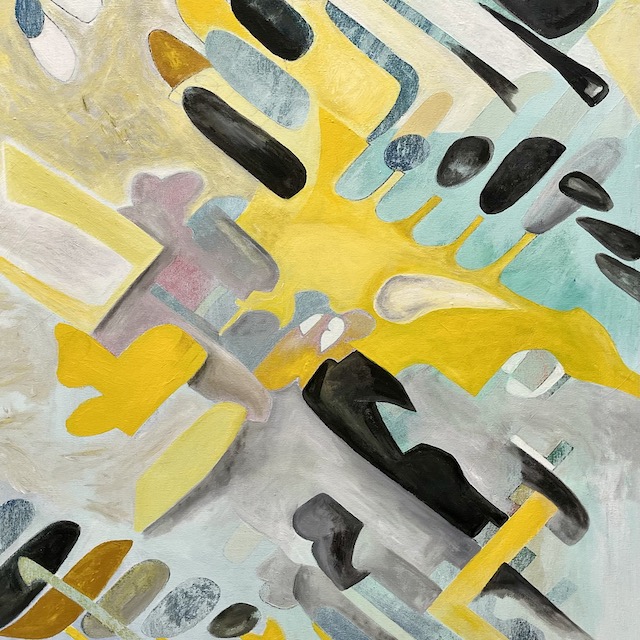Bernd Bierbaum

«Colours, canvas and camera are my constant companions to process and document special impulses»
Gallery 1
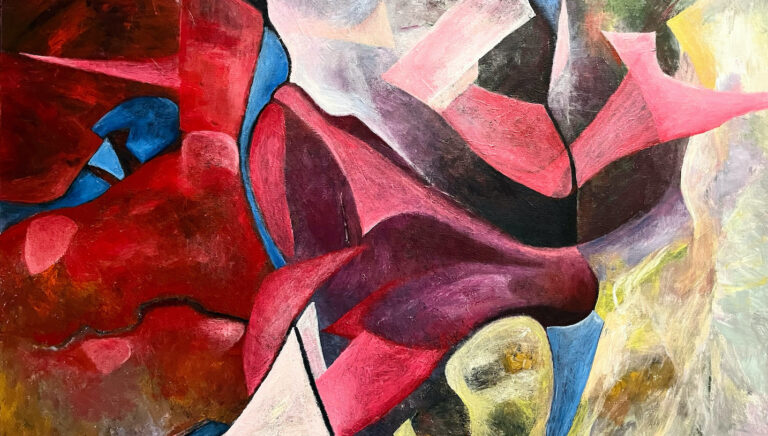

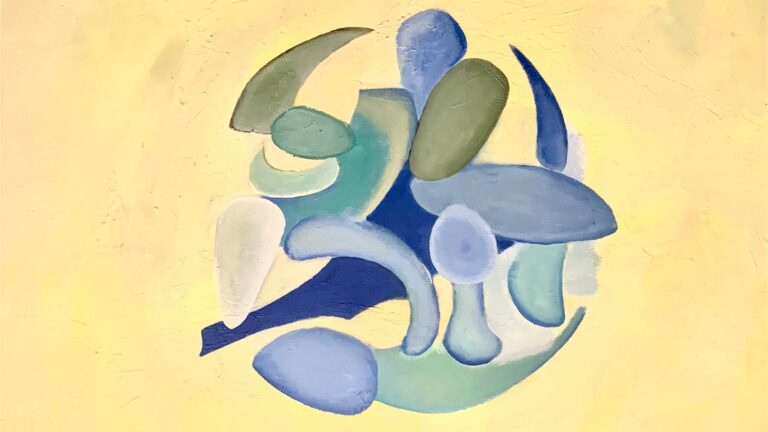
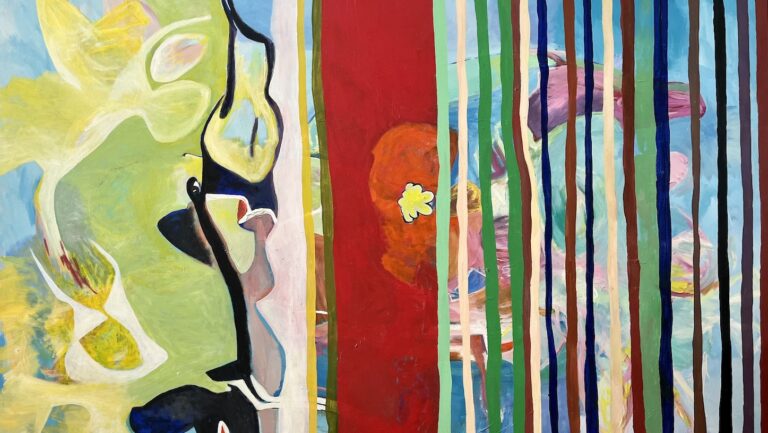

«To paint helps me to explore the indescribable»
Bernd Bierbaum
The process of creating a painting
The creation of a painting in 7 steps
Biography
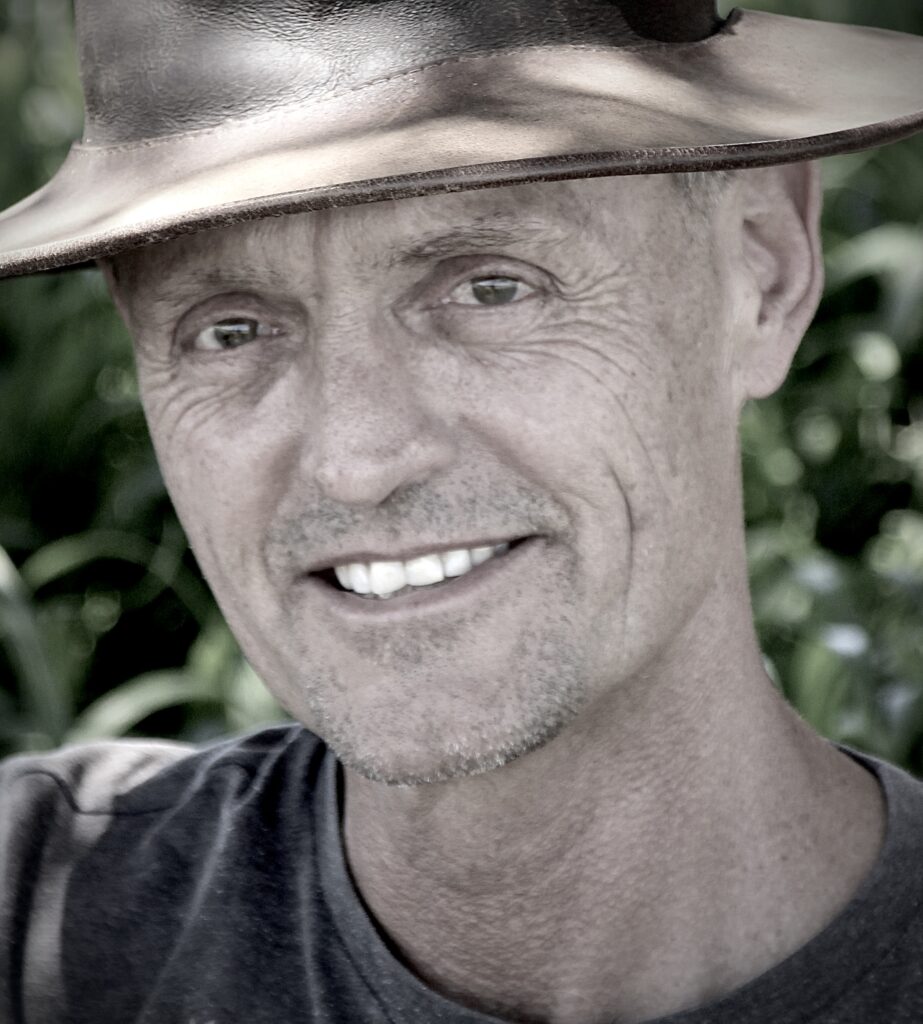
The first thing I remember vividly is “a drawing“ I created on the inside of my baby carriage. The fabric was dark blue with a stitched meander of fine beige lines, which I could use to create clouds, the branch of a tree, the movement of a worm, the flying pattern of a bird, — anything!
I grew up in a village in Germany between fields, forests and industry. In spring, farmers planted canola, its undulating carpet of yellow flowers expanding to the horizon. In autumn, the earthy smell of boiled sugar beet hovered in the air. Some nights, molten iron from the steel works illuminated the clouds crimson-red.
My childhood played itself out inside a 50x20km bubble with wetlands teeming with tiny insects and amphibians that I spent hours and hours at, using a magnifying glass to gaze into strange lifeforms. In the far distance, the rounded mountains of the Harz range limited the seemingly endless waves of slightly ascending and descending hills, which echoed ancient oceans that once covered this land.
When thinking of it now, the scenery still evokes a strong feeling of abundance and peace.
When growing up, my family and I frequently travelled. Nature reserves, art museums and archaeological sites were top on the list. Two places that had a particularly strong impact on me were Naples and Constanța, a town on the shores of the Black Sea. Both of them are port cities with an ancient past, and both of them were very lively and culturally diverse.
Constanța surprised me with its calls of prayer, public buses so full that people were virtually hanging on to them and inscriptions from Greek and Roman times. Pompeji fascinated me with its expressive paintings of the Villa dei Misterii, and the National Museum of Naples through the tender frescoes of female bodies floating away angelically.
At age 17, I spent an academic year at a High School near Seattle, living with an American family. My immediate surrounding now incorporated glacier covered volcanoes that could actually blow their top off, (Mount St. Helens had erupted the year prior to my arrival), huge rainforests and ocean inlets with strong tides, teeming with sea anemone, kelp forests and spouting orcas.
Apart from exploring this grandiose nature, I was exposed to something I had never seen before: traditional and contemporary indigenous art by Northwest Coast painters and sculptors. Their expressions contributed to why I later chose cultural anthropology as my major for a Masters degree at Munich University, which eventually led to an extended field study with an indigenous group in Brazil.
Before the final exams, I withdrew to a wooden cabin in the Alps, studying the origin, construction and transformation of religion. Respite from existential wonderings came through an alpine meadow the size of a tennis court in front of my cabin, a field of extensive daily meditation. I had arrived when the terrain was still covered in a thick blanket of snow but left months later a colourful tapestry, teeming with life that had since emerged, it’s vegetation and animal life responding to the slightest nuances in temperature, sunlight or humidity.
Feeling comfortable as a recluse is an underlying theme of my personality as is spending time intensely with select others. Another dimension developed when I decided on my profession, working as a guide and lecturer, conducting expeditions and cultural tours with small groups of people.
It allowed me to further my studies in ethnology, art and cultural studies in situ: Tattoos chiselled into skin of Iban warriors in Borneo, megalithic structures on Easter Island, sculptures of the Inuit in Northern Canada, rock art in Australia, petroglyphs in Scandinavia, basket weaving in Cameroon, pyramids in Bolivia.
Or rock-hewn churches in Ethiopia, Inka temples in Peru, Romanesque cathedrals along the Camino and modernist urban architecture in Brasilia or Barcelona. All of a sudden I found myself standing again in front of the same statues in The National Museum in Naples I had marvelled about as a child, but now sharing my own ideas with groups of people.
This didn’t occur on a once-off basis but saw me going back to the same places time and again. The same Iban longhouse 20 times, the same Portuguese cloister 48 times, the Louvre 63 times. I certainly had plenty of opportunity to study further, think deeper, and express more entertainingly.
30 years later, I have guided 460 tours with a total of 5500 fellow-travellers in 34 countries, not taking into account work as a lecturer on expedition cruises to the Arctic, Antarctic and remote islands of the Indian and Pacific Ocean.
Questions remain: What to do with all that? And how to compensate for it?
A profession, in which every word of mine in front of an attentive audience was measured and controlled, yearned for balance. Going introspect and keeping a journal, writing poetry or letters certainly worked for me, but there was still something that I couldn’t possibly explore or express in words alone.
I had begun to carry acrylic paint and brushes and rolled up canvas with me when traveling. Whenever there was a chance, I would “unwind” or dig deeper by painting, either behind a closed door in my hotel room, or far away in nature. These very private “performances” were my “dances with life“, either in states of solemn contemplation or in wild, frenzied trance.
Another reason was that I needed to either erase or honour challenging events or sights. Maybe an armed robbery, warfare or serious accident. Perhaps the devastation of natural beauty: One day I hiked with my group through an ancient old growth forest in the Canadian Queen Charlotte Islands. The next year it was clearcut down to the ground. One day I enjoyed a pristine looking beach, only to find it again, drenched in oil. Tropical coral reefs, – destroyed. Plastic floating in from everywhere. The opposite could be true just as well, when the beauty of our planet was just too much to take in. To paint helped me rebalance the indescribable, and not to forget it.
I lived out of a suitcase for five years, before moving to Paris. It was in the French capital that I participated in my first art exhibitions. One particularly memorable project happened in 1996, when hundreds of immigrants took refuge from prosecution and deportation in Saint-Bernard, a somber neo-gothic church with beautiful stained glass windows. Without proper documentation, the “sans-papiers” lived in aisles and chapels, unsure of their future. The media attention was immense. With other artists, I decorated the grey walls of the church, inspired by what I had experienced during my travels.
Seven years in Paris, and I was ready to make Cape Town my new home. While I continued to travel the world, South Africa opened up many new possibilities for me to express myself in various ways, in writing as well as in painting. It had simply become my second nature.
After leaving Paris, I often didn’t feel inclined to show my art, let alone sell it. After all, didn’t I perform enough already, selling my time and my attention? It felt too much.
Only in the last few years have I begun to change. Since then I have held group and solo exhibitions. This website too, is my digital entrée to present some of my art.
I continue to spend at least half of time in South Africa. I have one art studio in Cape Town, and one now in Havelberg, a small town located between Berlin and Hamburg, my base when in Europe.
(written on 14 March 2022)
Photo-Worlds
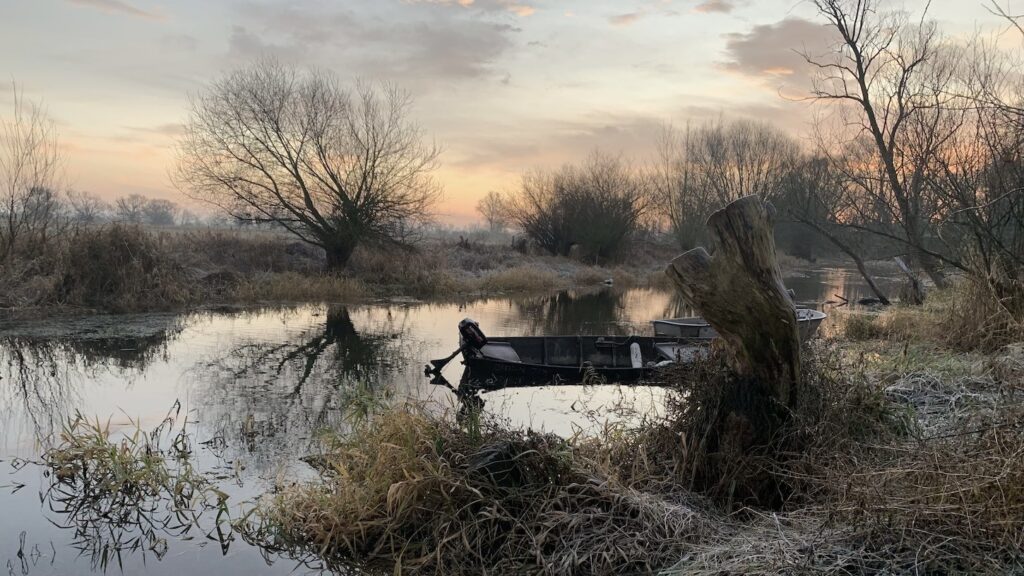
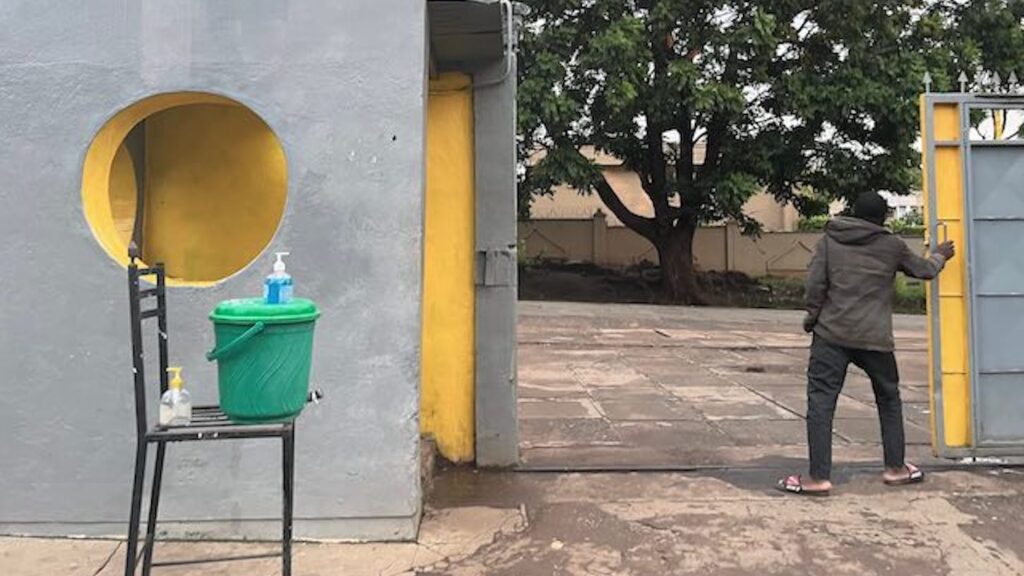
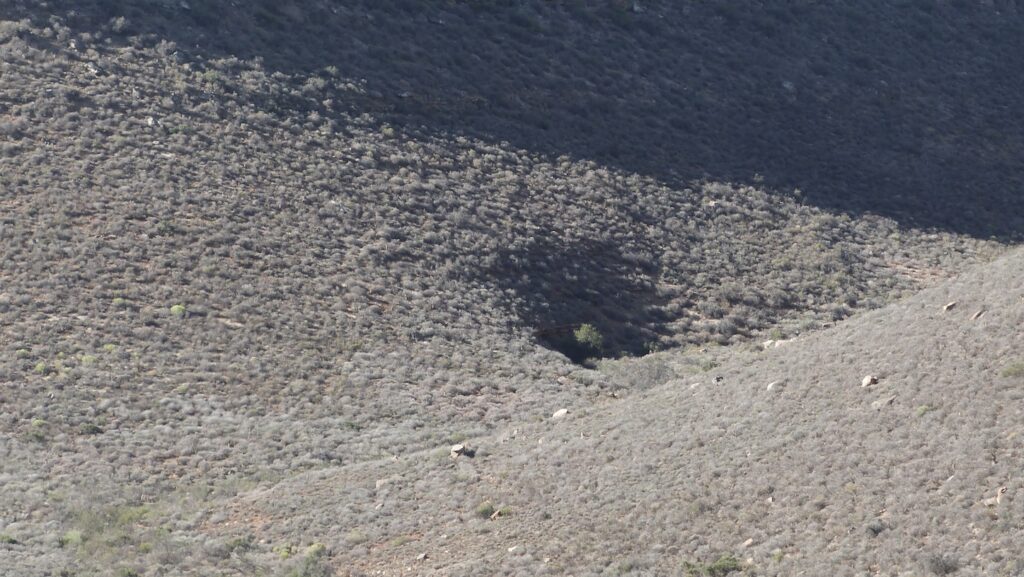
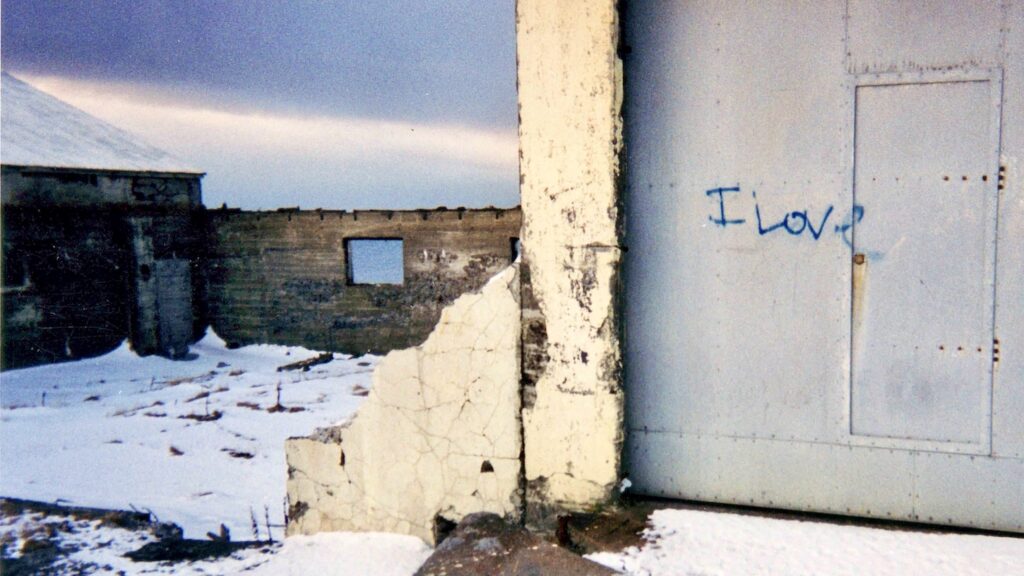
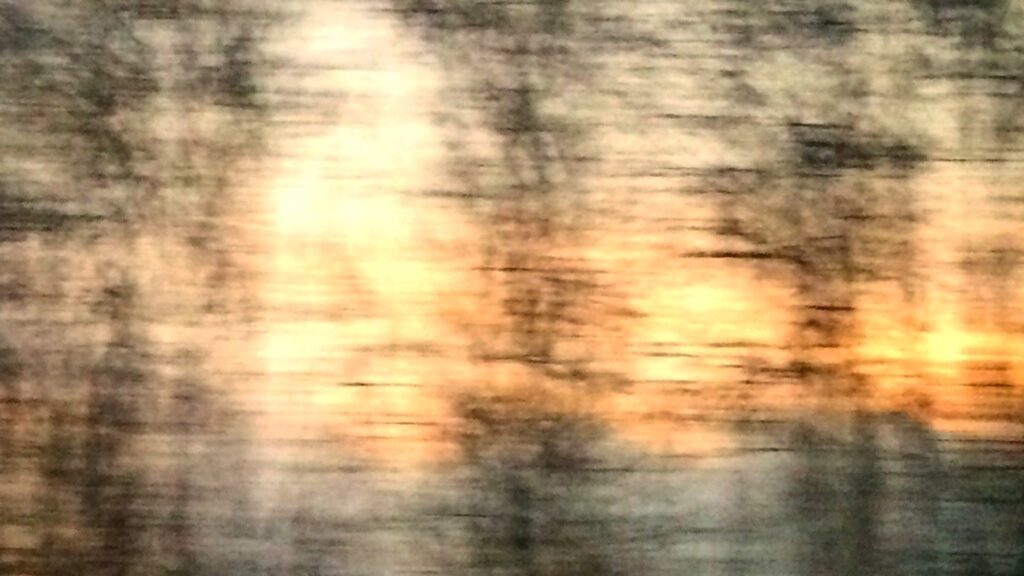




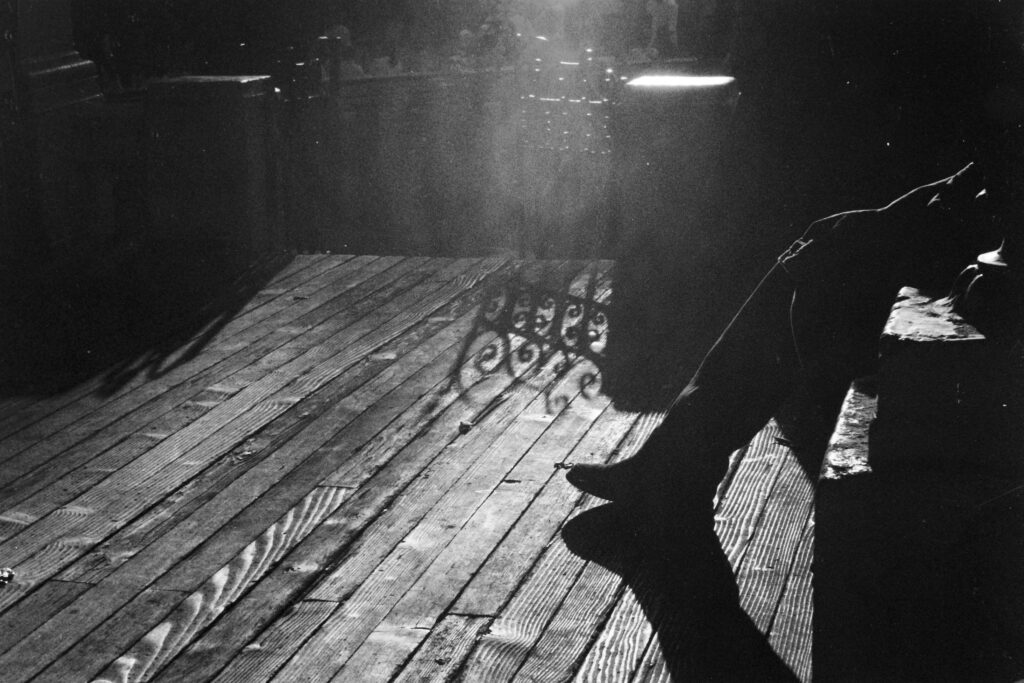
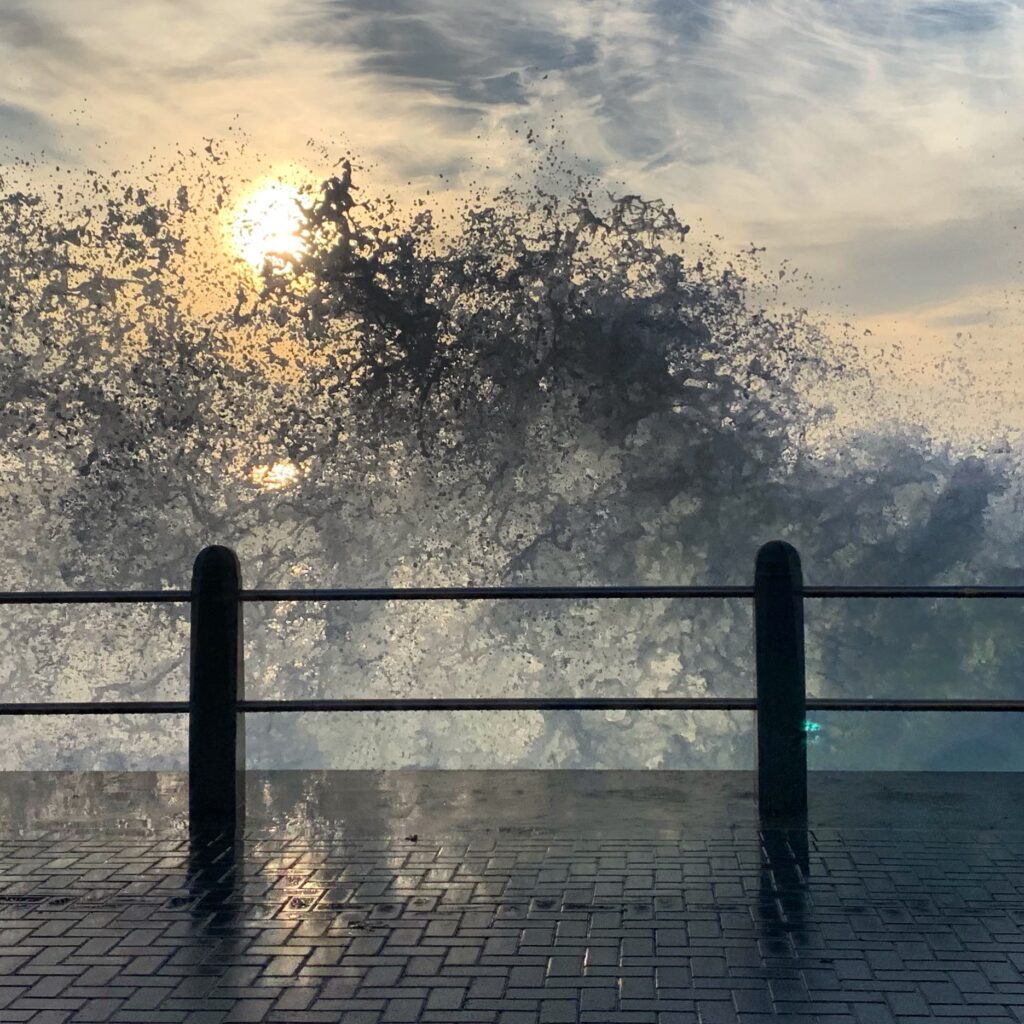
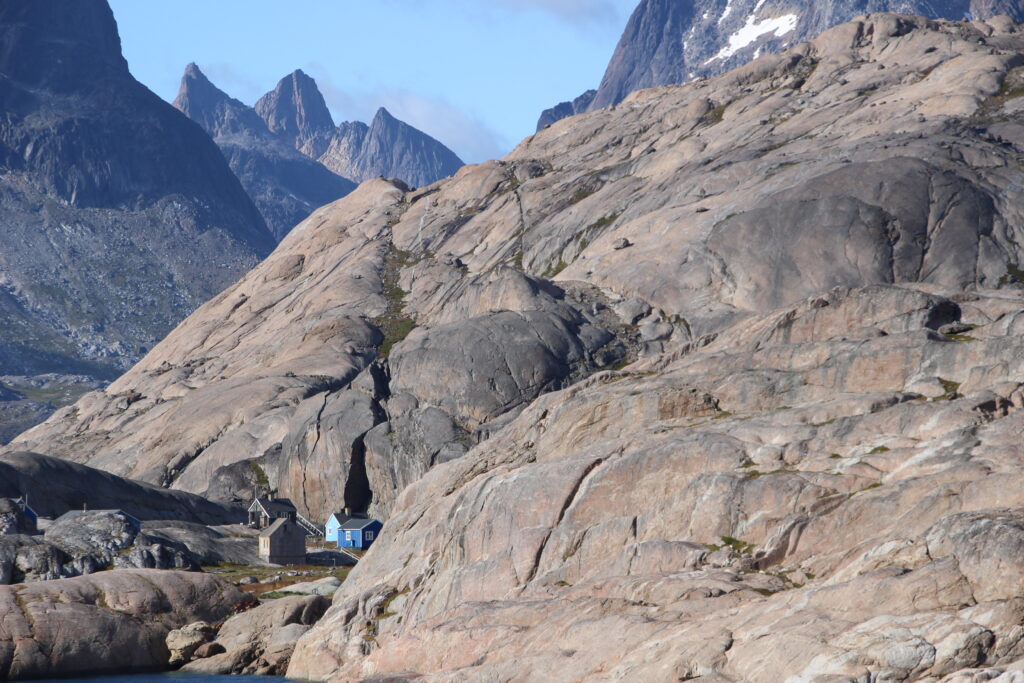

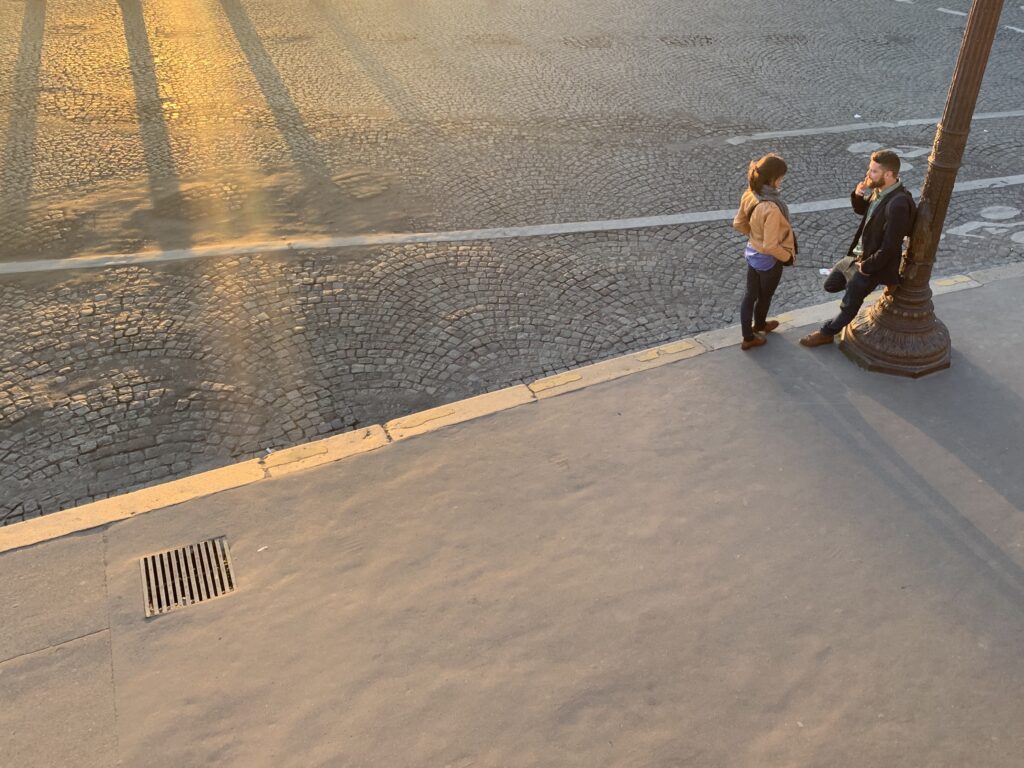
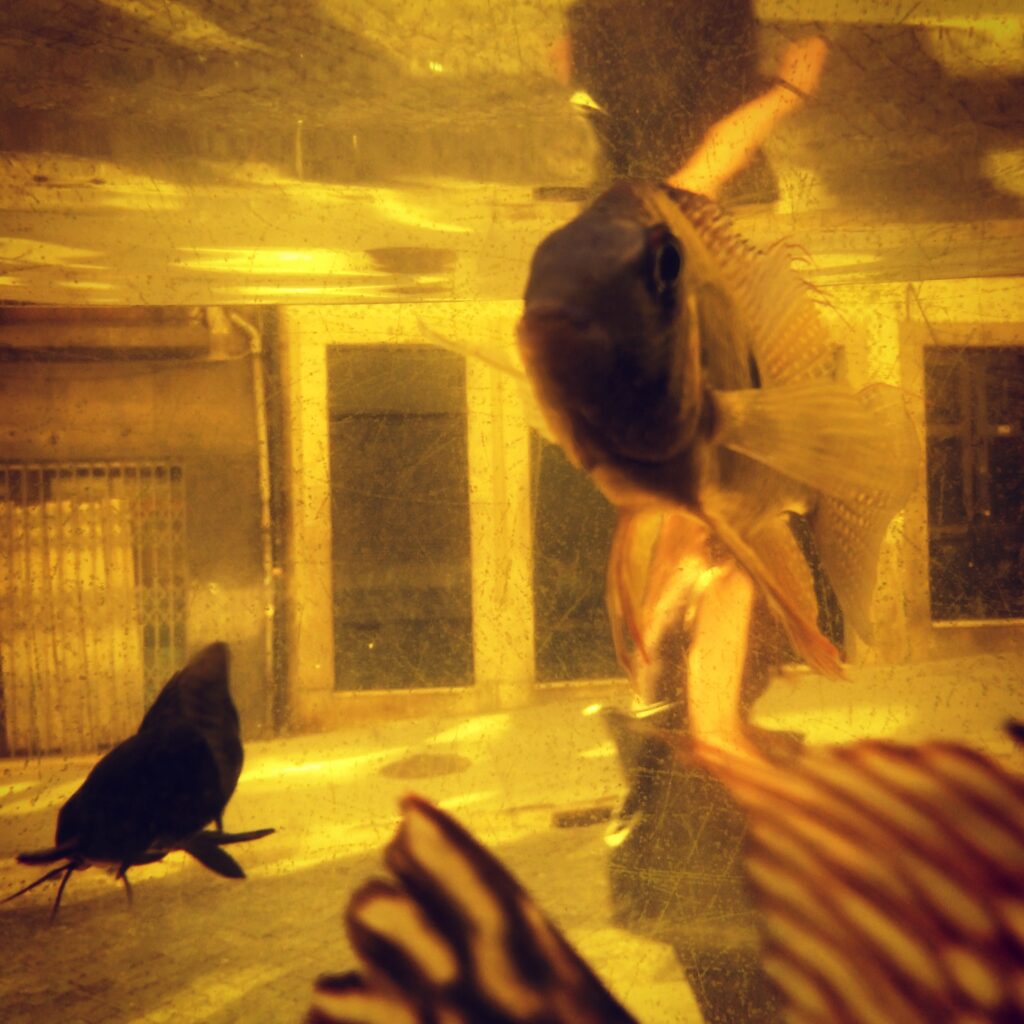
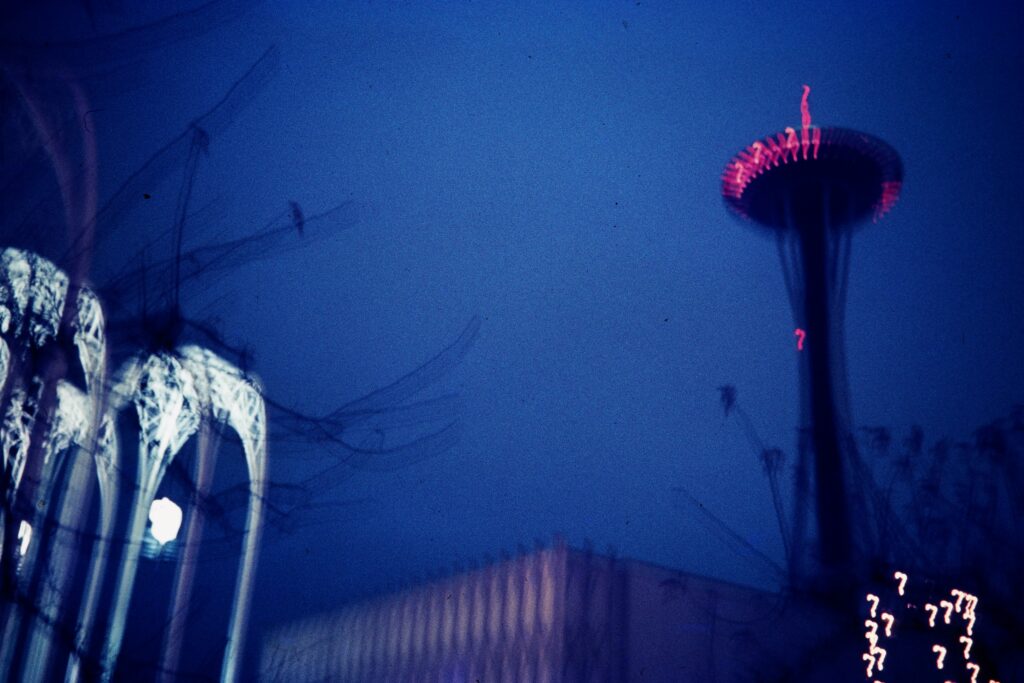
















«A story is like a wind, she floats in from the distance and we feel it. While the sun warms, I shall get hold of her.«
– //Kabbo, a bushman of the 19th century.

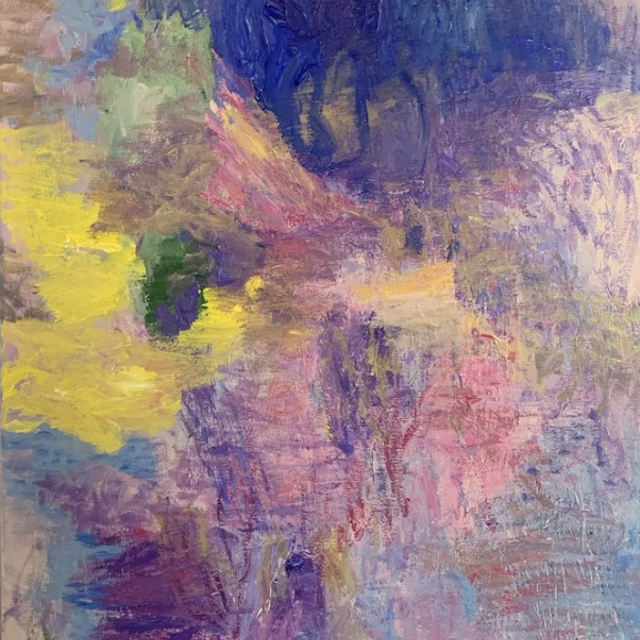


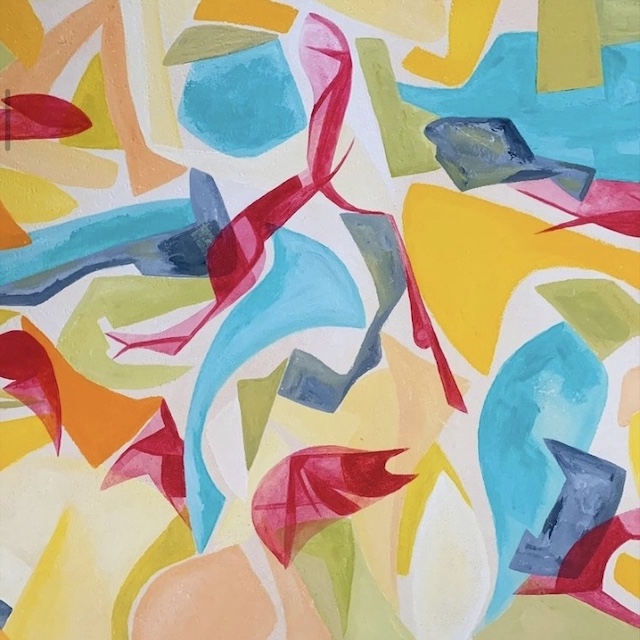
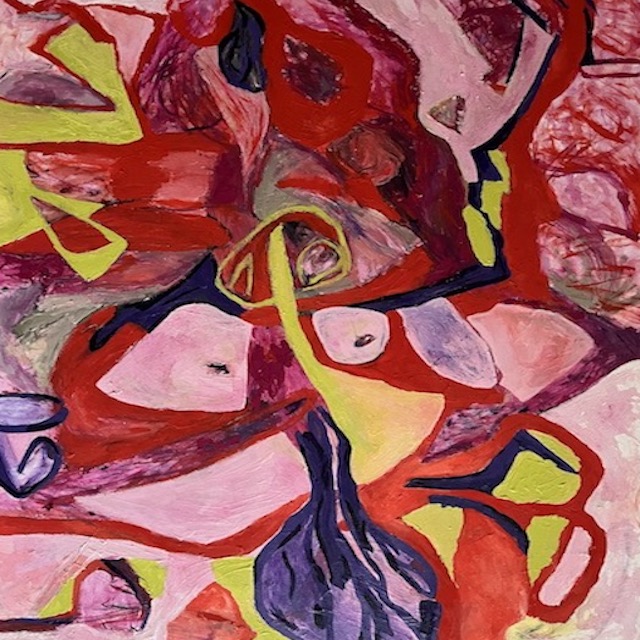
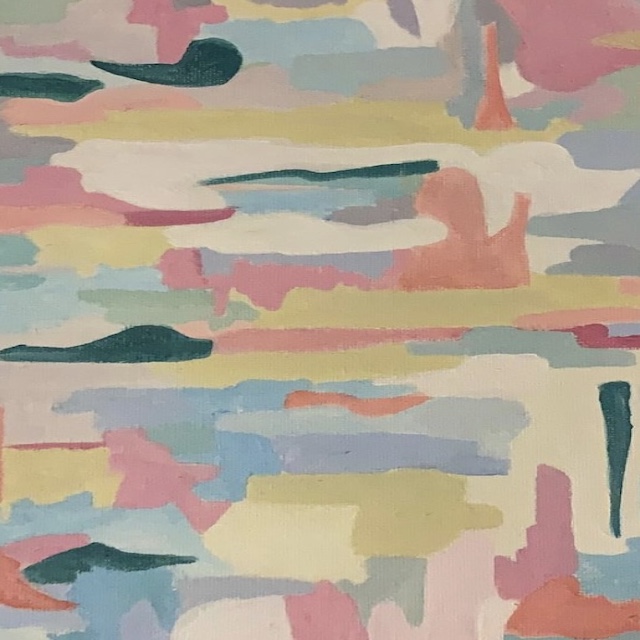







«LOCKDOWN CAPE TOWN» (2021)
«Bierbaum is travelling with open eyes«
ANDREAS OBST
Frankfurter Allgemeine Zeitung
Gallery 2

